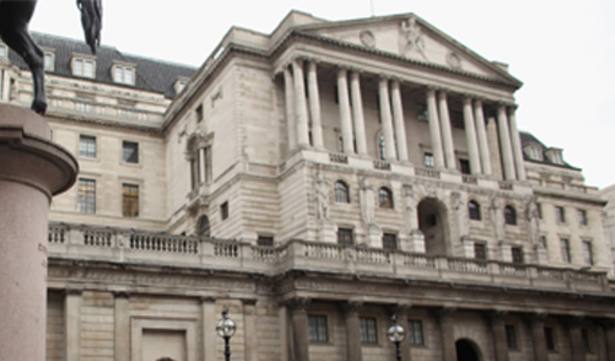In the past year, we’ve seen the continuation of a desynchronised global recovery, with some countries – such as the US and UK – growing at a solid pace, and others – such as the eurozone and Japan – experiencing a more sluggish rebound.
Significant differences in the economic fundamentals of major economies have already given rise to some divergence in monetary policy in 2014 and this theme is expected to continue.
The dividing lines among central banks will be drawn on the basis of the economic strengths of their respective regions. Where countries are seeing strong growth and inflationary pressures, central banks will be more likely to move towards monetary policy normalisation. A withdrawal of any unconventional stimulus measures followed by interest rate hikes is more likely in this context. Where growth is weak and inflation is low, policy will remain loose for longer and additional measures could be used to support the economy.
Given these dynamics, which central bank will be first to pull the trigger on policy tightening and which will see looser monetary policy for longer?
The US is clearly already leading the way, with the Federal Reserve’s withdrawal of quantitative easing (QE) in November last year, representing the first step towards monetary policy normalisation.
If the US economy continues to deliver solid growth and inflationary pressures resurface, the Fed should be well placed to start hiking rates sometime this year. In terms of timing, the Fed is not expected to start tightening in the near term. Low inflation and further strength in the dollar should lift pressure off the Fed to hike rates for some time.
Closer to home, the UK is also recovering well, although deceleration in the housing sector looks more entrenched than it seemed in the summer. Productivity and nominal wage growth remain weak relative to history, but the tentative signs of the long-awaited acceleration in real earnings are encouraging. The upward pressure from wage costs on inflation is likely to remain relatively limited for now, which means the Bank of England will not be in a rush to tighten during the next few months.
Regions with weaker growth are likely to see longer-lasting loose policies. In particular, the outlook for the eurozone and Japan will remain challenging in 2015. In Europe, a moderate growth pick-up is expected, supported by the weaker euro, improving external demand, the European Central Bank’s (ECB) easing measures and a moderately lower fiscal drag.
But should this picture deteriorate, the ECB is likely to do more. Meanwhile, in Japan its central bank’s additional easing measures could help boost inflation. Of course, even the most effective monetary policy is not a silver bullet, and both Japan and Europe must also address the issues of low productivity and low growth expectations through structural reforms (and some fiscal support).
While monetary policy in the major economies should continue moving in opposite directions this year, there is only so far this divergence can go. Countries where central banks are moving closer to tightening will see their currencies appreciating, which will contribute to the overall tightening in financial conditions and could cap their potential for growth.






